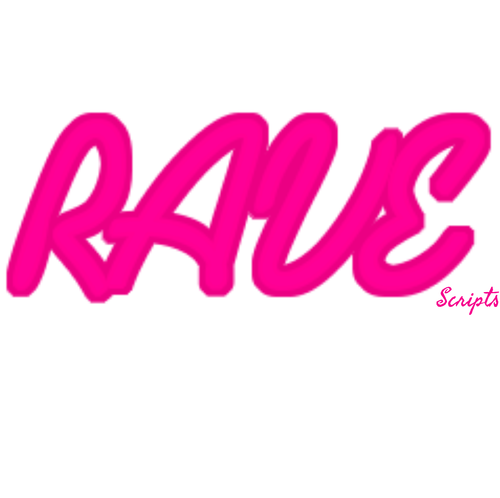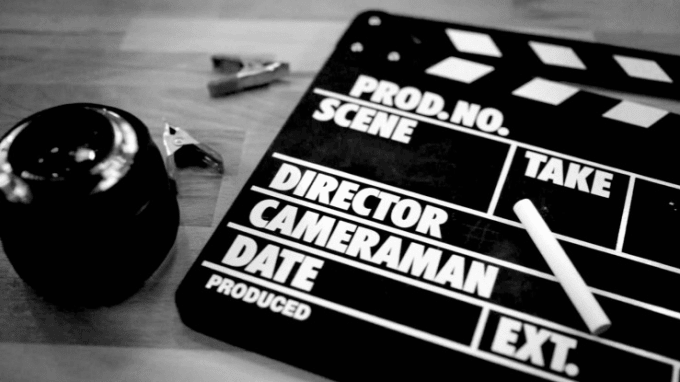In the world of screenwriting, the opening scene holds immense power. It sets the tone, captures the audience’s attention, and establishes the foundation for the entire story that follows. An open scene can be a gateway to intrigue, emotion, and excitement, drawing viewers into a cinematic journey they won’t soon forget. Whether it’s an awe-inspiring spectacle, a quiet moment of introspection, or a gripping exchange of dialogue, the art of crafting an unforgettable open scene is a skill that every screenwriter aspires to master. In this blog post, we delve into the realm of open scenes, exploring their significance and offering insights and techniques to help you create compelling and impactful beginnings for your screenplays. Get ready to captivate your audience from the very first frame and leave a lasting impression with the power of the open scene.
The Importance of the Open Scene
The open scene of a film is a crucial element that sets the tone, captures the audience’s attention, and establishes the story’s context. It serves as the initial point of contact between the viewers and the narrative, creating a lasting impression and building anticipation for what is to come. The open scene acts as a hook, drawing the audience into the world of the film and piquing their curiosity.
One of the primary reasons the open scene is vital is its ability to create an emotional connection with the audience. It sets the mood and creates an immediate emotional impact, whether through tension, excitement, or intrigue. This emotional engagement helps to captivate the viewers and make them invested in the story right from the start.
Additionally, the open scene provides important information about the characters, their motivations, and the story’s central conflict. It introduces the main characters and establishes their relationships, giving the audience a glimpse into their lives and providing a foundation for the narrative to unfold. By revealing key details and introducing the story’s central elements, the open scene acts as a narrative roadmap, guiding the viewers through the film’s plot.
Another significant aspect of the open scene is its role in setting the visual and stylistic tone of the film. It establishes the visual language, cinematography, and overall aesthetic choices that will be prevalent throughout the movie. The open scene’s visual impact can leave a lasting impression on the audience and create a unique atmosphere that resonates with the story being told.
Furthermore, the open scene often serves as a thematic introduction, presenting underlying themes and ideas that will be explored throughout the film. It can introduce a central question or conflict that the characters will grapple with, providing a glimpse into the film’s deeper meaning and inviting the audience to contemplate and engage with these themes.
In addition to its storytelling and thematic significance, the open scene also serves practical purposes, such as grabbing the attention of potential viewers and setting expectations for the type of film they are about to watch. It can act as a marketing tool, enticing audiences with a compelling and intriguing opening that makes them eager to continue watching.
The open scene plays a crucial role in capturing the audience’s attention, establishing the narrative context, creating emotional engagement, setting the visual tone, introducing key characters and conflicts, and inviting viewers into the world of the film. It is a powerful tool that sets the stage for the story to unfold and leaves a lasting impression on the audience, making it a vital component of successful filmmaking.
Elements of an Effective Open Scene
An effective open scene in a film sets the stage for the story, captivates the audience, and establishes a strong foundation for the narrative. It grabs the viewers’ attention from the very beginning and leaves a lasting impression.
The open scene should immediately grab the audience’s attention and create a sense of intrigue. It can be achieved through a dramatic event, an intriguing visual, or a compelling line of dialogue. By presenting something captivating right from the start, the open scene piques the audience’s curiosity and makes them want to know more.
The open scene should provide a clear sense of the film’s setting. Whether it’s a specific location, a time period, or a unique environment, the audience should be able to understand where the story takes place. The setting helps create the world of the film and provides a context for the events that unfold.
The open scene is an opportunity to introduce the main character or characters. It allows the audience to get a glimpse into their lives, their personality, or their current situation. By establishing a connection with the protagonist early on, the audience becomes emotionally invested in their journey.
An effective open scene often introduces a sense of tension or conflict. It could be a problem the protagonist is facing, a mystery that needs to be solved, or an immediate threat. By presenting a conflict early on, the open scene sets the stage for the narrative arc and creates anticipation for how it will unfold.
The open scene can subtly hint at future events or themes that will be explored in the film. It may foreshadow a significant plot twist, a central theme, or a character’s development. Foreshadowing adds depth and complexity to the storytelling, enticing the audience to pay close attention to details and anticipate how the story will unfold.
The open scene sets the overall tone and mood of the film. It can be light-hearted, suspenseful, mysterious, or dramatic, depending on the genre and themes of the story. The tone helps create an emotional connection with the audience and guides their expectations for the rest of the film.
Different Approaches to Open Scenes
- Action-packed Opening: This approach starts the film with a thrilling action sequence or a high-stakes event. It immediately grabs the audience’s attention and sets the tone for an adrenaline-filled story. Examples include the opening bank heist in “The Dark Knight” or the intense car chase in “Mad Max: Fury Road.”
- Character Introduction: Some films choose to introduce the main character(s) in the open scene, providing a glimpse into their lives or personality. This approach allows the audience to form an immediate connection with the protagonist. Examples include the opening scene of “Pulp Fiction,” where Jules and Vincent discuss their job, or the opening montage in “Up,” which showcases the life of Carl and Ellie.
- Flashforward or Flashback: Opening with a flashforward or flashback can create intrigue and curiosity. It presents a scene from a later or earlier point in the story, raising questions and setting up anticipation for how events will unfold. Examples include the opening sequence of “Memento,” which starts with the ending, or the opening of “The Social Network,” where Mark Zuckerberg’s conversation with Erica Albright foreshadows the narrative.
- Establishing Shot: An opening shot that establishes the setting can be visually stunning and immerse the audience in the film’s world. It can be a breathtaking landscape, a bustling city, or a specific location. Examples include the iconic opening shot of “The Shining,” where the camera follows a car driving through the mountains, or the sweeping aerial shots of New York City in “Spider-Man.”
- Dialogue-driven Opening: Some films start with a compelling dialogue scene that immediately engages the audience. It can be a thought-provoking conversation or a witty exchange that introduces the characters’ dynamics or central themes. Examples include the opening diner scene in “Reservoir Dogs,” where the characters discuss Madonna’s “Like a Virgin,” or the opening monologue in “American Beauty,” where Lester Burnham reflects on his life.
- Symbolic or Metaphoric Opening: This approach uses symbolism or metaphors to convey deeper meanings or themes. It can be a visually rich sequence that represents the film’s central ideas or motifs. Examples include the opening sequence of “Apocalypse Now,” where the juxtaposition of a jungle, napalm explosions, and “The End” by The Doors sets the tone for the film’s exploration of war and madness.
These different approaches to open scenes offer filmmakers a variety of ways to captivate the audience, set the tone, and establish the narrative foundation of their films. Each approach has its own unique strengths and can be tailored to suit the specific genre, story, and vision of the filmmaker.
Examples of Memorable Open Scenes in Film
“The Dark Knight” (2008)
The film opens with a gripping bank heist scene where the Joker orchestrates a chaotic robbery. This action-packed sequence sets the tone for the film’s dark and intense narrative, introducing the audience to the Joker’s unpredictable and menacing nature.
“Up” (2009)
The opening montage of “Up” tells the emotional love story of Carl and Ellie, from their first meeting as children to their married life together. This heartfelt sequence captures the essence of their relationship and sets the emotional foundation for the rest of the film.
“Pulp Fiction” (1994)
The film starts with a conversation between Jules and Vincent in a diner, discussing topics ranging from hamburgers to foot massages. This dialogue-driven opening instantly immerses the audience in the film’s witty and distinctive style, introducing the unique characters and their dynamic banter.
“The Lion King” (1994)
The opening scene of “The Lion King” features the iconic “Circle of Life” sequence, where animals gather to witness the presentation of Simba, the future king. This visually stunning and emotionally resonant scene sets the stage for the epic journey of Simba’s life, highlighting the themes of responsibility, destiny, and the interconnectedness of all living things.
“Inglourious Basterds” (2009)
The film begins with a tense and suspenseful scene set in a farmhouse, where Colonel Hans Landa interrogates a French dairy farmer suspected of harboring Jewish refugees. This gripping opening sets the tone for the film’s exploration of World War II and establishes Landa as a formidable and complex antagonist.
“The Social Network” (2010)
The film opens with a conversation between Mark Zuckerberg and his girlfriend Erica Albright in a crowded bar. This dialogue-driven opening sets the stage for the film’s exploration of friendship, betrayal, and the creation of Facebook, while also hinting at Zuckerberg’s drive for success and his social awkwardness.
Related:


Leave a Reply